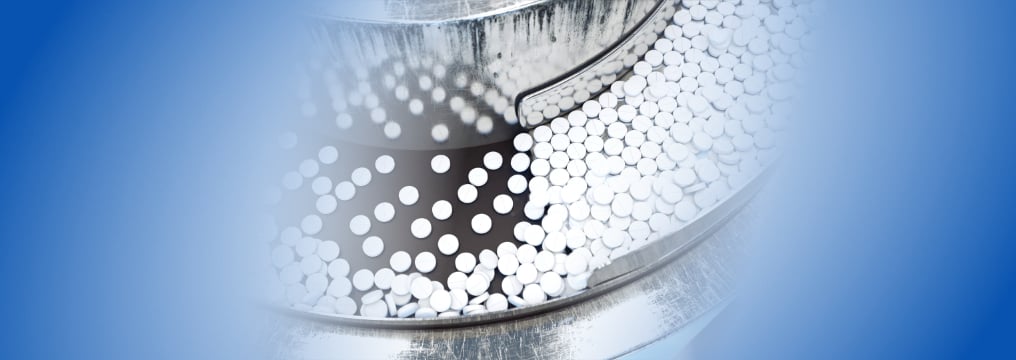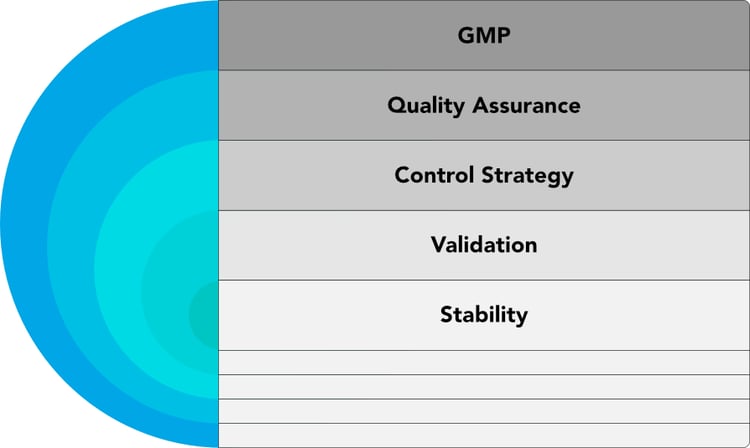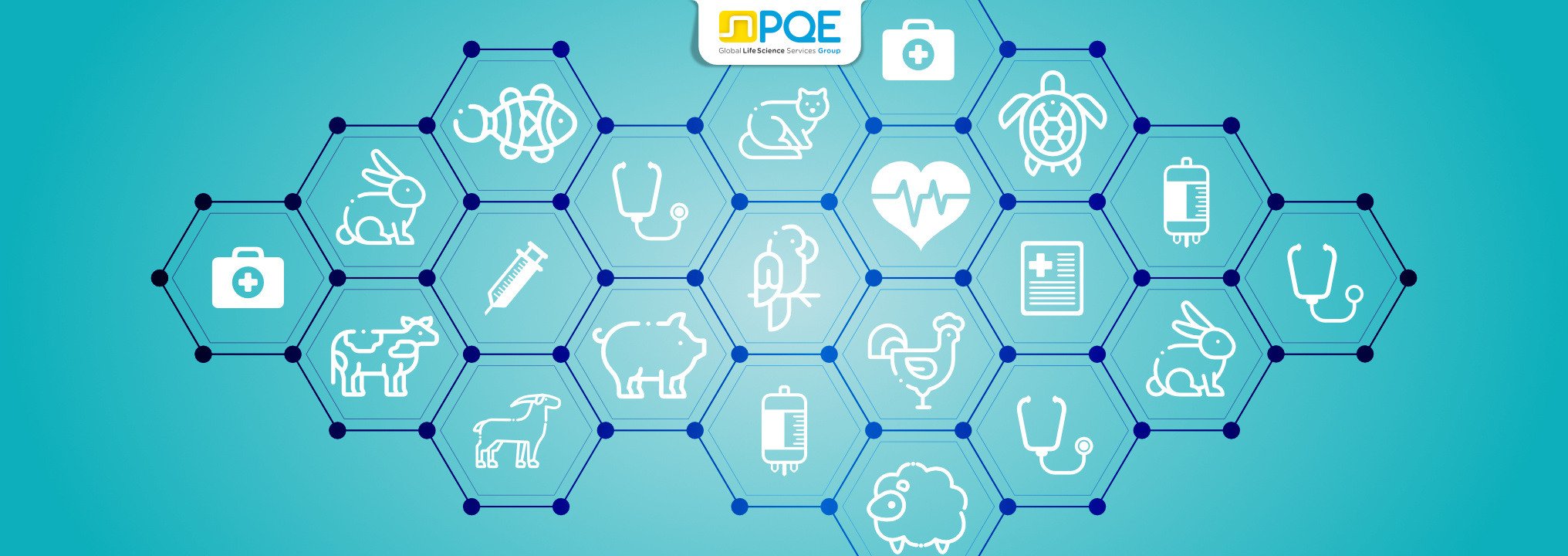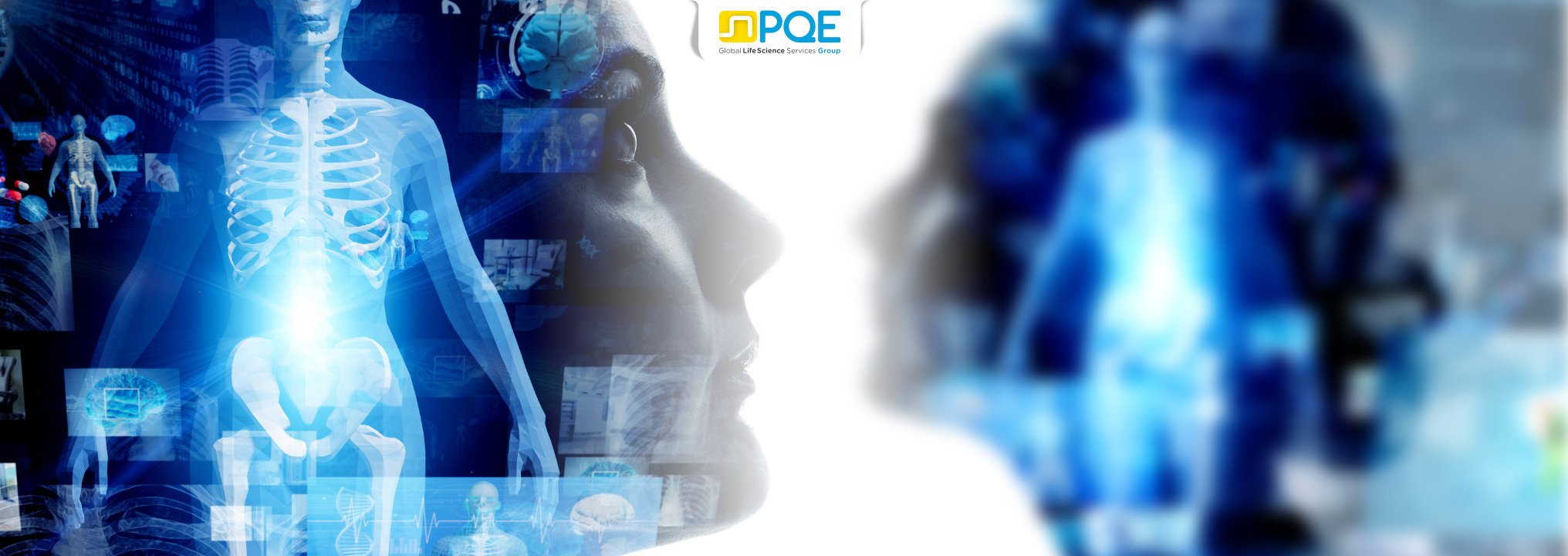What's NEW in the guidelines world?
2023 did not just give us the chance to accomplish our New Year’s resolutions and supersede the low pace caused by two previous years of living under a pandemic. It also provided new purposes and challenges for those in the field of continuous manufacturing of pharmaceuticals, drug substances and biologicals. After two years of analysis and comments from the first draft publication, on January 6th, 2023 the final guidance document, ICH Q13 Continuous Manufacturing of Drug Substances and Drug Products, was published and will be legally effective from July 10th, 2023.
But, what does Continuous Manufacturing (CM) mean?
According to ICH Q13, Continuous Manufacturing (CM) involves the continuous feeding of materials into the transformation of in-process materials, and the concomitant removal of output materials from a manufacturing process. What it is very interesting from this description is that now, we have a guideline that embraces the key concepts of CM not only for pharmaceuticals or drug substances but which may also apply to other biological/biotechnological entities.
It is important to understand that within CM there are different approaches. While some manufacturers can decide to do unit operations following batch mode and then combining them with continuous mode, some others have processes where the materials are continuously formed and processed through integrated unit operations.
But being very simplistic, in CM one of the main paradigms is the change of the concept of batch as we traditionally know it. While standard manufacturing in batches implies stops at different steps during the process and defined quantities of inputs and output materials, in CM essentially the product is created without needing to stop until the very end of the process, and management of input and outputs normally involve continuous feeding.




%20Development%20Should%20Take%20a%20Quality%20by%20Design%20Approach%20_1_1_1.jpg)

